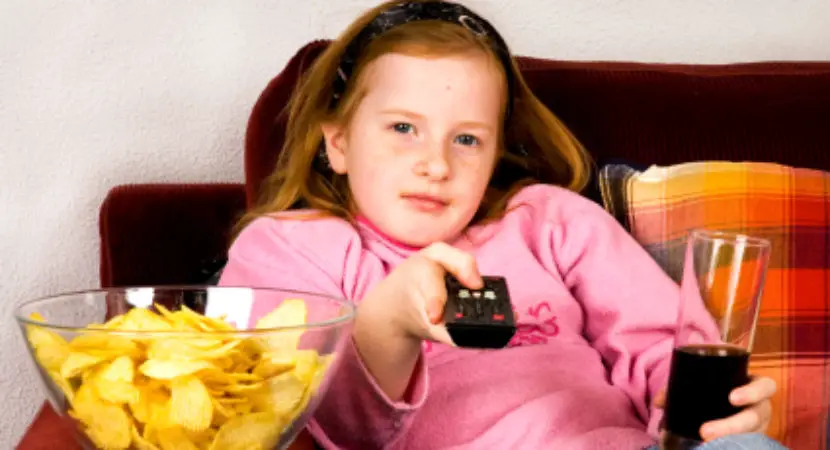On a conservative estimate, your child is eating at least 30% of their meals outside of the home. Between school and social events, there will be a lot of meals you can’t keep track of. And if Mom and Dad aren’t together anymore, there will be even more meals of your child’s that you won’t control when they’re off visiting your ex.
Even if you make your child’s lunch for school every day, that’s no guarantee it’s what your child is eating. Lunchroom swaps are common between kids, and even if schools have removed their vending machines or replaced the contents with healthier options (a fad that’s only grown popular the last 10 years), there are still plenty of places your child can acquire junk food.
If you’ve already had conversations with your child about what they’re eating, and have reason to believe they might not be totally honest with you, there are other signs you can watch for to know if your child is eating unhealthy away from home.
- Perhaps the most self-evident sign is if your child is gaining weight. This might be gradual, but always unexpected. Just be sure you have a full assessment of what you’re feeding your child at home, in case it’s you who’s putting too much on the plate.
- If your child starts turning their school-time sack lunches down, insisting they’ll eat at school, this might mean one of two things. Either your child has other stuff they would rather eat (especially things you choose not to serve at home), or they want the lunch money so they can sneak a purchase of something even less nutritious.
- If you catch your child binging at home, it’s probably a sign of an unhealthy relationship with food that’s going to be following them everywhere. Food addiction is a very real thing, and if you find your child with their hand in the proverbial cookie jar, this is almost always accompanied with excess junk food consumption elsewhere.
- When change from the change jar, your purse, or your child’s piggy bank goes missing, it’s usually going to be used for sweets—particularly in younger children. If you have so much as a dollar disappear at a time, that’s enough for a junk food habit to form.
- Unhealthy eating can also show in your child’s complexion. If their face or hair becomes excessively greasy, this is commonly linked to fast food consumption, which gives us a “grease bleed” effect after eating.
- If your child starts offering to take out their own trash, doesn’t want you near their backpack, or otherwise starts showing “sneaky” behavior, this might be because they’re hiding wrappers and containers from their sweets or junk food consumption. Take the initiative to empty out your child’s trashcan without asking if you suspect this.
- Stomach upset will probably happen at some point, especially if the child has developed the habit of binging on foods they sneak. If the worst hits your child and you end up caring for them with spells of diarrhea or vomit, many artificial colors in candies and sodas might even change the color of either or. If you see bright red vomit or teal stool, don’t alarm yet—you might have just caught them after sneaking a binge.
You know where the nearest convenience stores are, but maybe you can’t see how your child would be acquiring this extra food. Where else can kids get their hands on unhealthy food and drink?
Schoolmates: that’s right, kids will trade each other and barter between one another at school. Some children even ask for more of one thing in their lunches because they know there’s demand for it among their friends.
Friends’ houses: even if you’re careful about what you feed your kids, any time they’re over at a friend’s house, the rules or norms might be different. And once you put kids together, they’re even more likely to break into food items together. Sneaking into a family stash of snacks, for example, is much more exhilarating with a friend—and the celebration feast feels much more triumphant.
Purchases: if you think your child couldn’t possibly have the money to buy sweets, think again. The least healthy foods are also the cheapest. Your child could buy most 14-ounce bags of sweets for under three dollars.
Shoplifting: younger children typically don’t realize the gravity of what they’re doing when this happens, but once your kids grow into adolescence, shoplifting becomes an even bigger deal. Sweets and sodas—and liquor, after a certain age—are all popular things to shoplift.
If you suspect—or have confirmed—that your child is eating unhealthy away from home, the natural question is how you’re going to fix it. Depending on your relationship with your child and your parenting style, the answer could be anything from modeling healthy styles at home to reigning in behavior with deliberate discipline.

